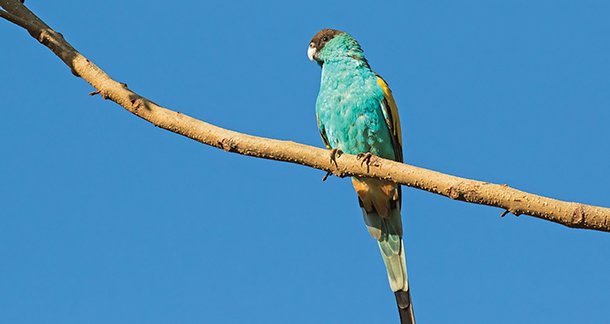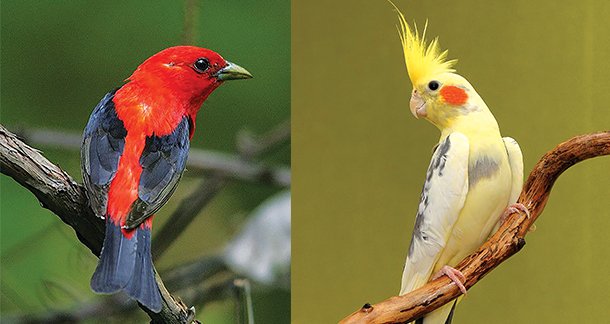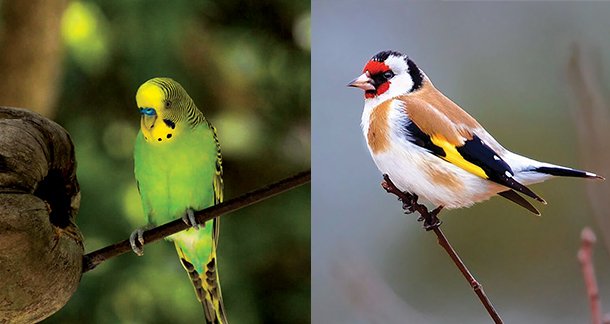Ornamental birds, known for their beauty and charm, bring joy to countless pet enthusiasts. However, ensuring these avian companions remain vibrant and healthy can be challenging. Proper nutrition and care are essential, especially as these birds are prone to specific nutritional deficiencies. In recent years, supplementing bird diets has gained attention as a practical approach to supporting avian health. This article delves into a recent study exploring the benefits of LEAS supplements in improving the health and vitality of popular ornamental bird species.
Understanding LEAS Supplements
LEAS supplements are designed to enhance nutritional intake, focusing on essential electrolytes, vitamins, and minerals that support optimal bird health. This study aimed to assess the effects of LEAS supplementation on key health indicators in ornamental birds, specifically lovebirds, budgerigars, cockatiels, finches, sun conures, grey parrots, and rosellas. Over a four-month period, we monitored changes in the health status of these birds to determine the potential benefits of regular LEAS supplementation.

Study Approach and Bird Participants
The study began with a group of 40 lovebirds, sourced from a local breeder, divided equally by gender. For consistency and accuracy, birds were selected randomly and received monthly checkups during the study. A baseline measurement was established at the start (Month 0), where no supplements were administered. This set a control against which we could compare subsequent health parameters. From Month 1 through Month 3, the selected birds were given LEAS supplements, and regular blood and plasma analyses were conducted to track health improvements.
Innovative Testing and Analysis
Advanced techniques such as Electrolyte Analyzer and Spectrophotometry were used to conduct blood analyses, providing insights into how supplements impacted various health parameters. Statistical tools, including paired t-tests and summary statistics, helped validate the findings, ensuring accuracy. Health parameters assessed included critical nutrients like calcium, magnesium, vitamins B12 and E, sodium, and potassium—essential components in avian health.

Health Parameter Trends: Male and Female Birds
The analysis revealed interesting trends in the health parameters of male and female birds. Calcium levels, for instance, showed a steady increase across the study period, indicating stronger bones and better metabolic function. Vitamin B12 and magnesium, essential for overall vitality and energy, also displayed noticeable improvements. Variability between male and female responses was recorded, shedding light on potential differences in nutrient needs based on gender.
Month-by-Month Observations
Month 0: Birds were not supplemented, and health data collected here provided baseline metrics.
Months 1-3: During the supplementation phase, regular monthly blood sampling continued, highlighting positive changes in several health indicators. Parameters such as calcium, vitamin B12, and magnesium increased, marking a clear impact from the supplements.
Liver Health and Supplementation
To ensure comprehensive health monitoring, a liver function test was conducted in Month 3, focusing on albumin, ALP, ALT, AST, and bilirubin levels. Results showed no adverse effects on liver function, suggesting that LEAS supplements are safe for long-term use. Notably, these indicators also remained within healthy ranges for both male and female birds.
Key Findings and Positive Impact
By comparing baseline and post-supplementation data, the study demonstrated that LEAS supplements positively influenced health markers. The improvements were particularly significant in calcium, B12, and magnesium levels, reinforcing the hypothesis that LEAS supplementation enhances vitality in ornamental birds. Additionally, no adverse side effects were observed, making it a safe choice for bird enthusiasts looking to boost their pets’ well-being.

Visual Analysis for Bird Health Trends
Graphs visualizing the health parameters over time revealed gender-specific trends in response to supplementation. For example, male birds showed higher variability in potassium levels, while female birds had more consistent trends across most indicators. By comparing these visual trends, avian caretakers can better understand the nuances of supplementing male and female birds differently if necessary.
Conclusions and Future Directions
The results of this study provide compelling evidence supporting the benefits of LEAS supplementation in ornamental birds. By addressing deficiencies in essential nutrients, LEAS supplements can enhance various health markers, from calcium and magnesium to essential vitamins. Given the promising results, further studies could explore long-term effects and optimized dosages tailored to species and gender.
By Abhisek Mallick, Partner, Blue Vale Lifetech LLP

